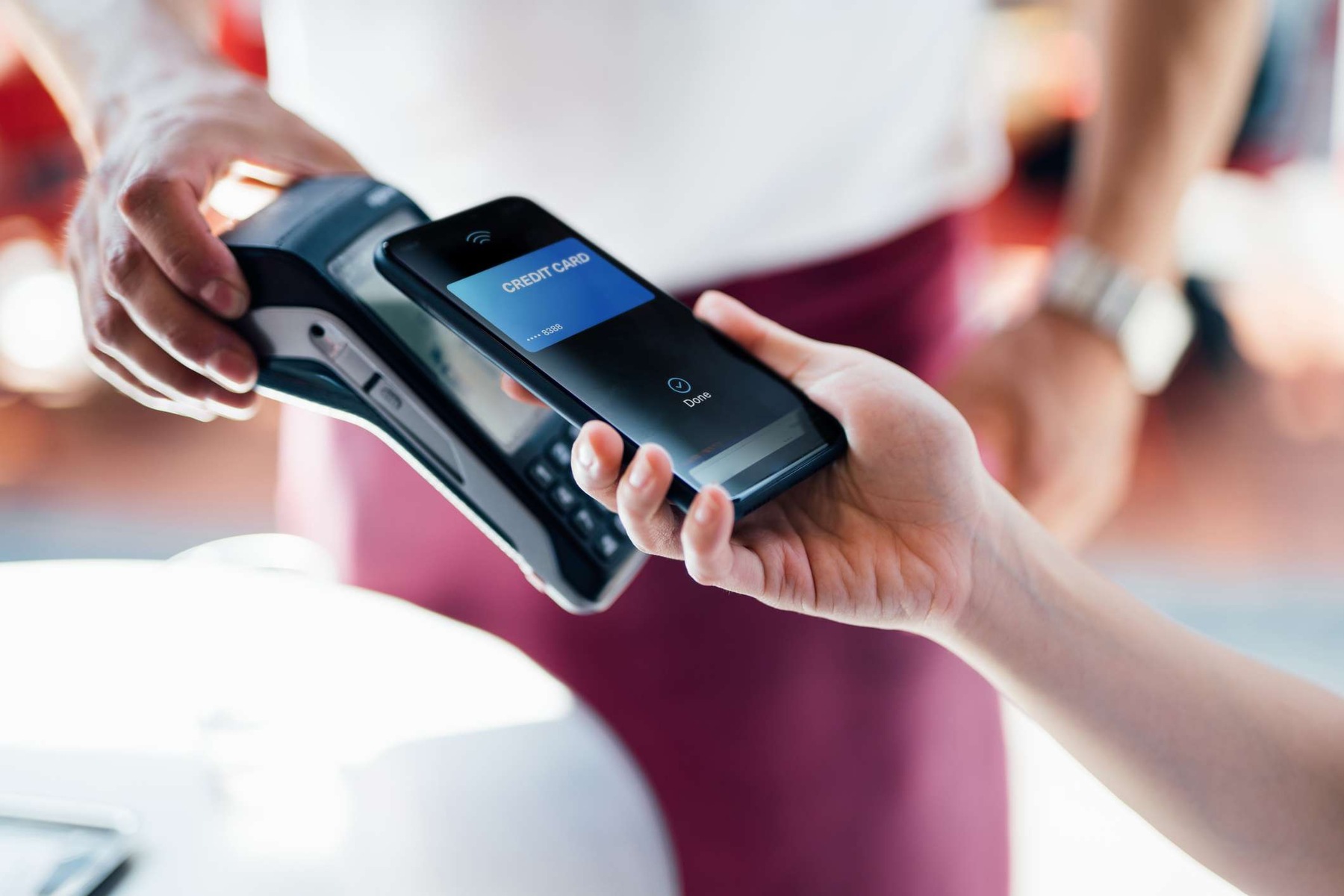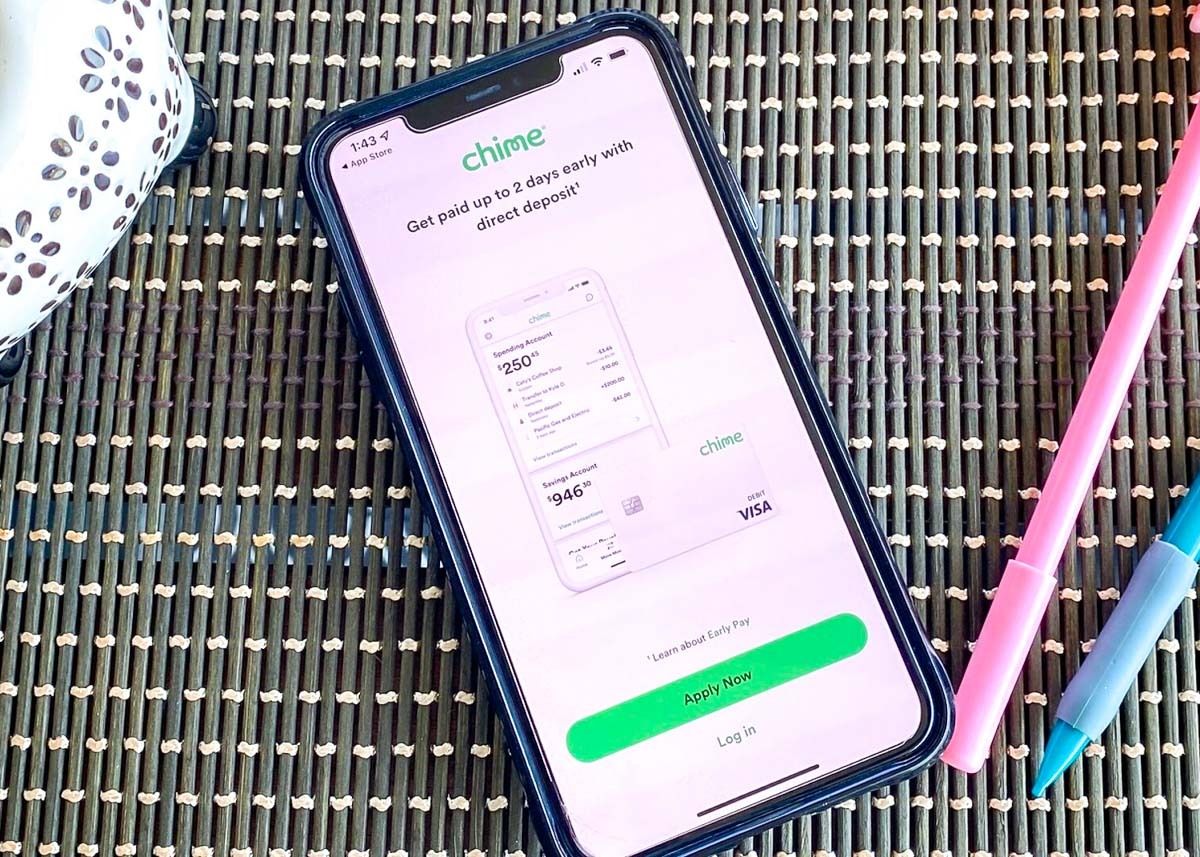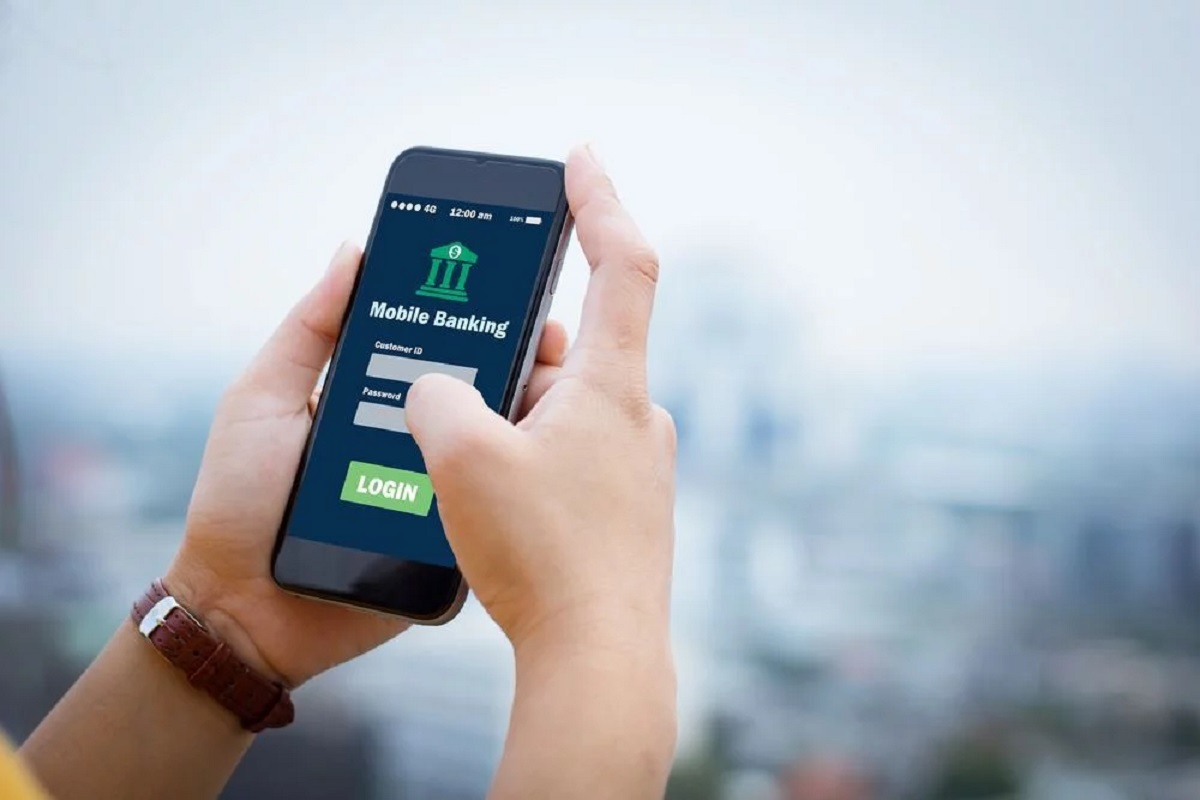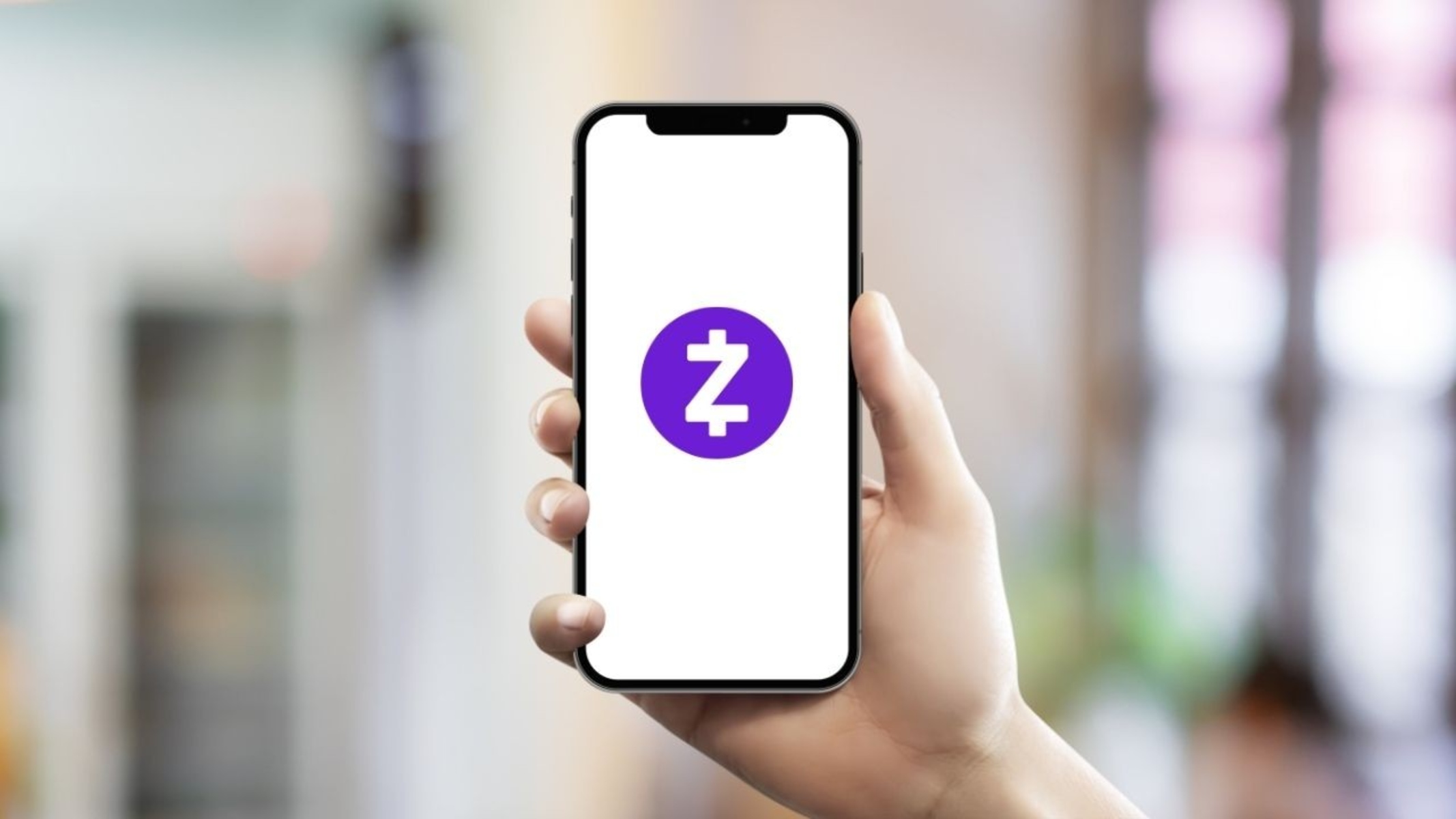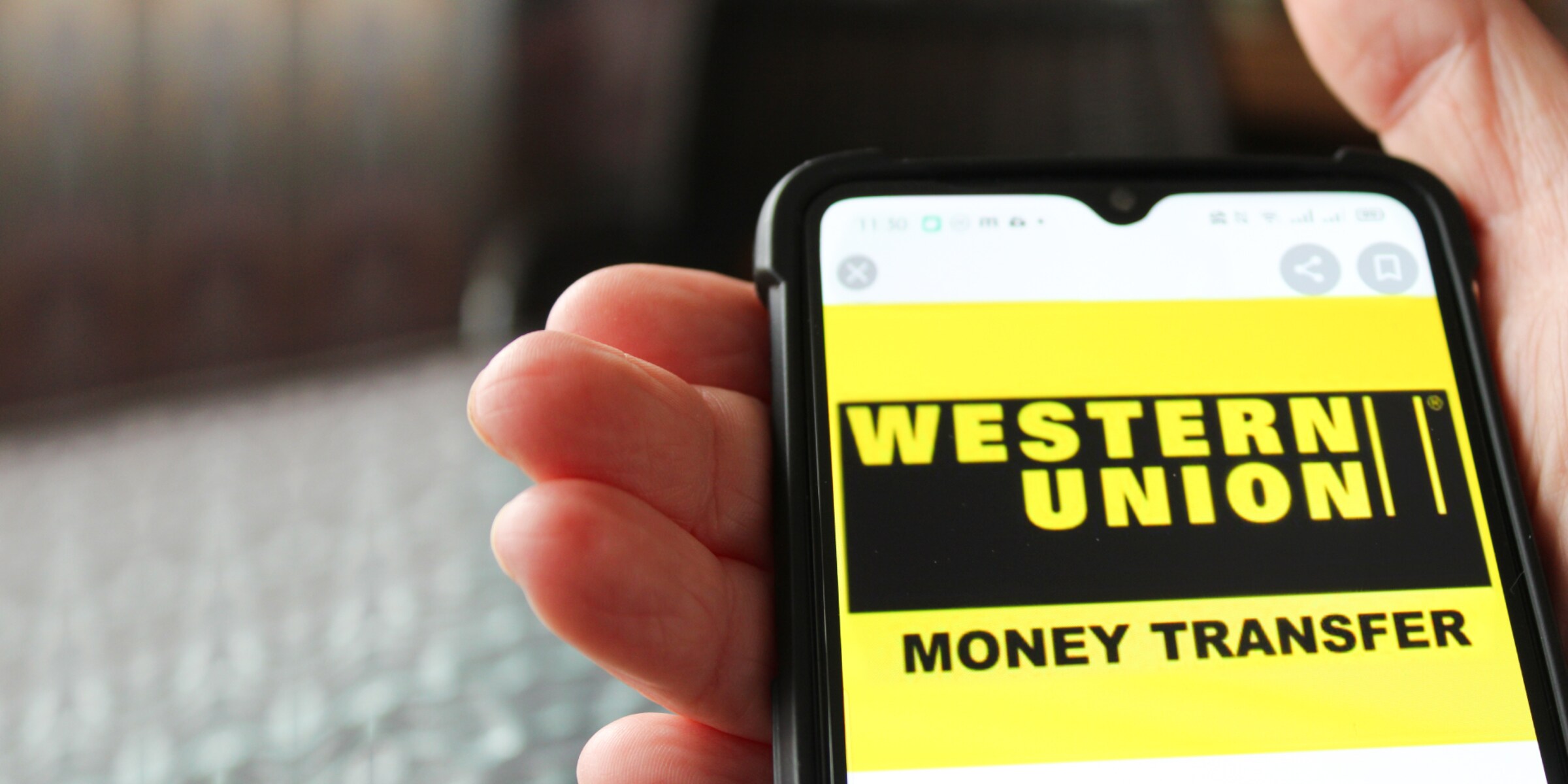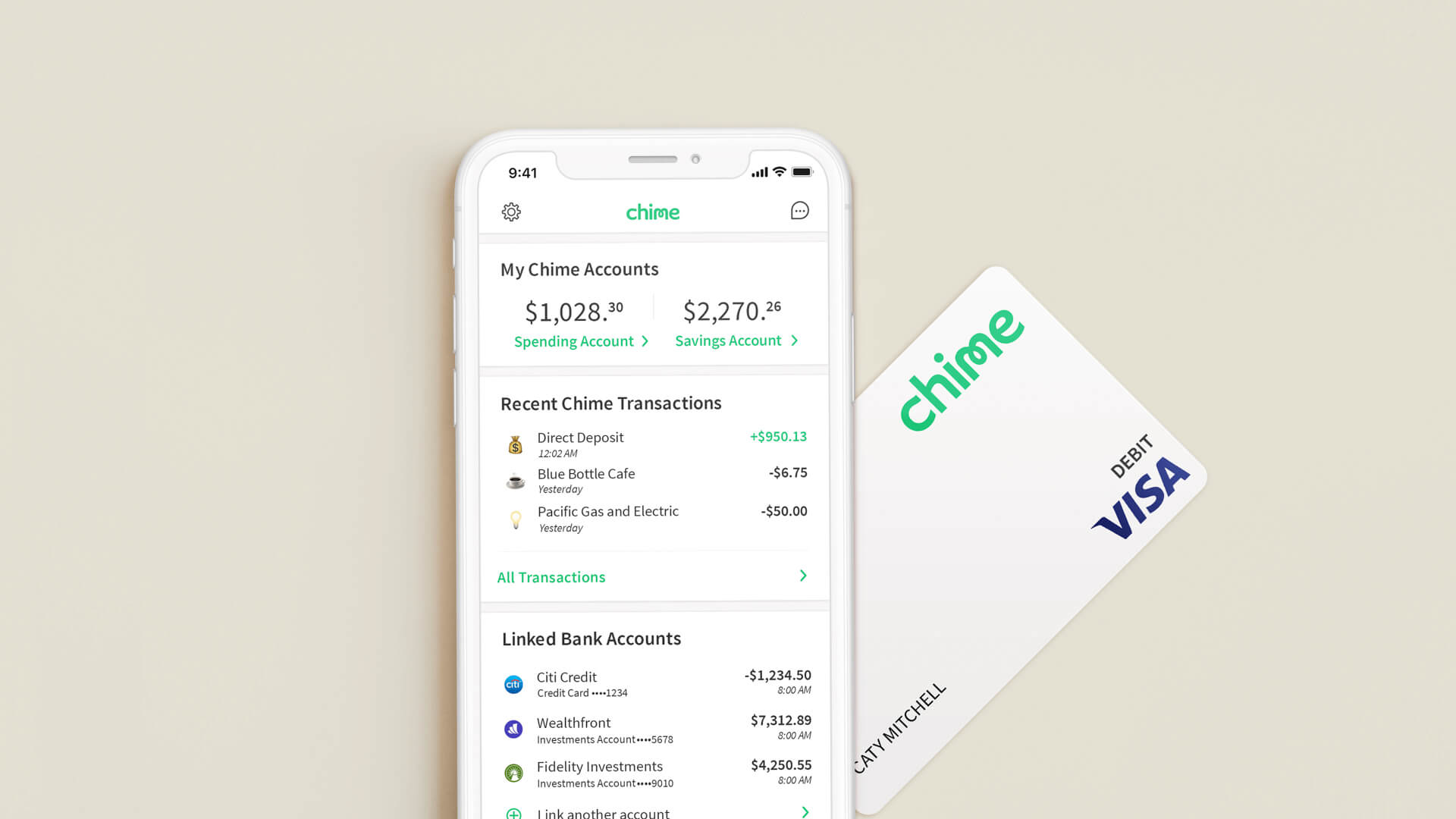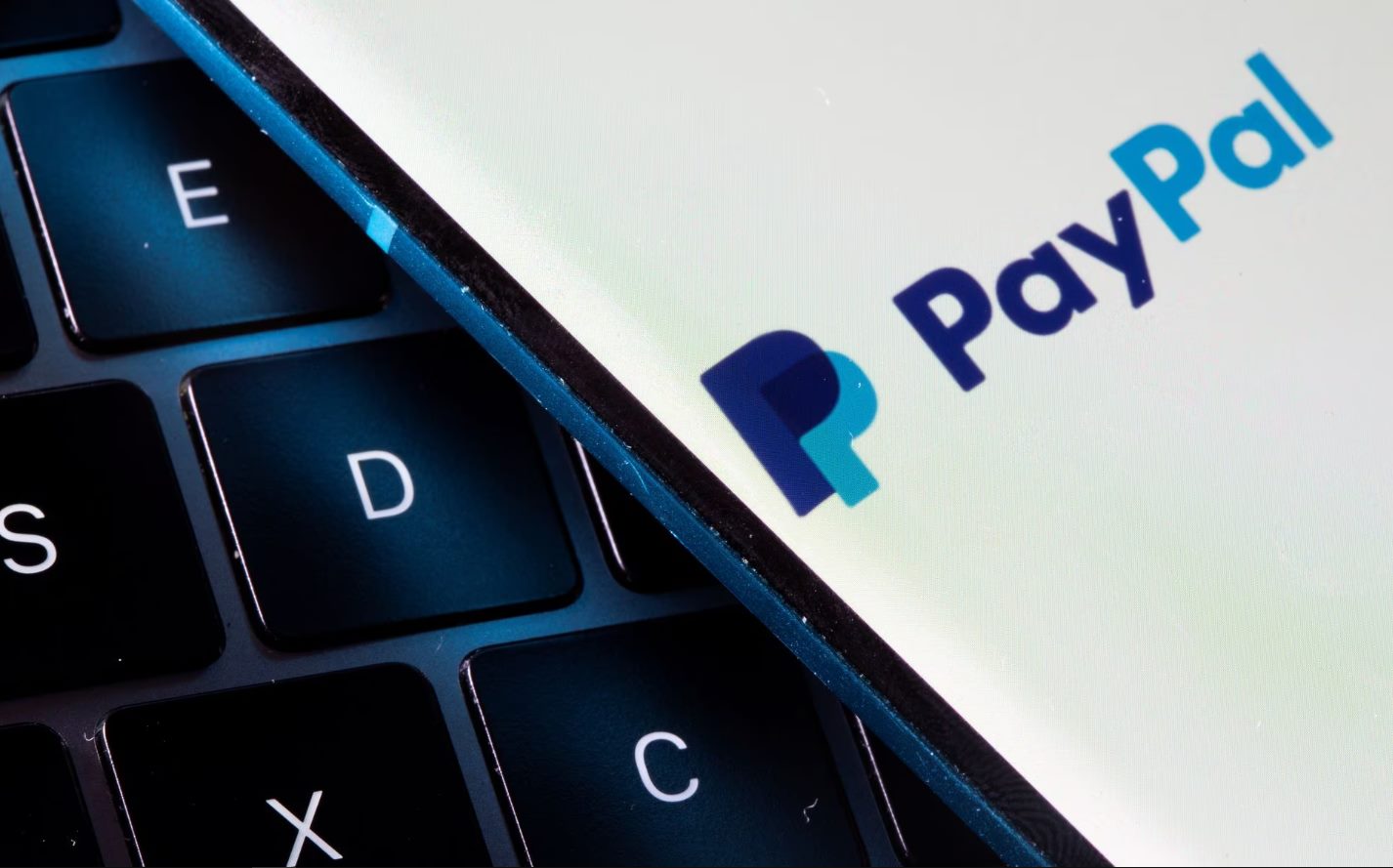Introduction
Mobile money transfer has revolutionized the way people send and receive money, providing a convenient and secure alternative to traditional methods. In today’s increasingly digital world, where smartphones are ubiquitous, mobile money transfer has quickly gained popularity across the globe. It allows individuals to transfer funds electronically, using their mobile devices, without the need for physical cash or visiting a bank.
This innovative financial service has not only transformed the way people handle their finances but has had a significant impact on commerce, with businesses accepting mobile payments and incorporating mobile money transfer into their operations.
With the rise of mobile money transfer services, individuals can now access financial services, even in areas where traditional banking infrastructure is limited, enabling greater financial inclusion and empowerment.
In this article, we will explore what mobile money transfer is, how it works, the benefits it offers, popular mobile money transfer services, the steps involved in sending and receiving money through mobile money transfer, as well as the security features and challenges associated with this technology.
Whether you’re a frequent traveler, a small business owner, or an individual looking for a convenient way to transfer money, understanding the ins and outs of mobile money transfer can help you make informed decisions and maximize the benefits of this increasingly prevalent financial service.
What is mobile money transfer?
Mobile money transfer refers to the electronic transfer of funds using mobile devices, such as smartphones or feature phones, instead of traditional methods like cash, checks, or bank transfers. It allows individuals to securely send and receive money, pay bills, and perform various financial transactions using their mobile phones.
One of the key features of mobile money transfer is its accessibility. It provides a convenient way for people to manage their financial transactions anytime, anywhere, as long as they have a mobile device with an internet connection. This accessibility has made mobile money transfer particularly valuable in areas with limited banking infrastructure, where people can now access financial services using just their mobile phones.
Mobile money transfer services are typically offered by mobile network operators, financial institutions, or third-party providers. These services often require users to create an account linked to their mobile phone number, allowing them to store funds digitally and perform various transactions.
Mobile money transfer operates through a technology called Mobile Wallet, which functions as a virtual wallet tied to a user’s mobile number. Users can load money into their mobile wallets by depositing cash at authorized agents or linking their accounts to their bank or credit card. They can then use their mobile wallets to transfer money to other users, pay bills, purchase goods and services from affiliated merchants, and even withdraw cash from authorized agents.
Mobile money transfer also utilizes secure encryption and authentication measures to ensure the confidentiality and integrity of transactions. This includes implementing PIN codes, fingerprint or facial recognition, and token-based authentication, among others.
Overall, mobile money transfer provides a convenient, inclusive, and secured way for individuals to manage their finances on-the-go. It has transformed the way people transact, fostering financial empowerment and bridging the gap between the unbanked or underbanked population and formal financial services.
How does mobile money transfer work?
Mobile money transfer relies on a combination of mobile technology, electronic payment systems, and financial infrastructure to facilitate secure and convenient money transfers. The process typically involves the following steps:
- Registration: To start using mobile money transfer, users need to register with a mobile money service provider. They must provide personal identification documents and their mobile phone number to create an account.
- Fund Loading: Once registered, users can load money into their mobile wallet by depositing cash at authorized agents or linking their bank account or credit card.
- Money Transfer: To send money, users initiate a transfer through their mobile money app or by dialing the designated mobile money transfer code. They enter the recipient’s mobile phone number and the amount to be transferred. Some services also allow transfers to be made to bank accounts or other digital wallets.
- Confirmation and Authentication: Before completing the transfer, users are typically required to confirm the transaction details and provide authentication, such as a PIN code, fingerprint, or facial recognition.
- Notification: Once the transfer is successfully processed, both the sender and recipient receive notifications via SMS or in-app alerts. These notifications provide details about the transaction, including the amount transferred and the remaining balance.
- Withdrawal and Usage: The recipient can then choose to withdraw the transferred funds as cash from authorized agents or use the funds directly from their mobile wallet to make payments, purchase goods and services, and pay bills at participating merchants.
Mobile money transfer services often offer additional features and functionalities, such as airtime top-ups, savings accounts, microloans, and merchant payments. These value-added services enhance the flexibility and convenience of mobile money transfer for users.
It is important to note that the exact process may vary slightly depending on the mobile money service provider and the country of operation. Providers may have their own unique features, transaction limits, and fee structures.
Overall, mobile money transfer simplifies the process of sending and receiving money, offering a seamless and efficient way to conduct financial transactions using just a mobile phone.
Benefits of mobile money transfer
Mobile money transfer offers a wide range of benefits for both individuals and businesses, transforming the way we handle financial transactions. Here are some key advantages:
- Convenience: One of the main benefits of mobile money transfer is the convenience it offers. Users can access their funds anytime, anywhere, and perform transactions using their mobile devices. This eliminates the need for physical cash or visiting a bank, saving time and effort.
- Accessibility: Mobile money transfer has greatly improved financial inclusion, particularly in areas with limited banking infrastructure. It allows individuals who may not have access to traditional banking services to send and receive money, pay bills, and make purchases using their mobile phones.
- Cost-effectiveness: Mobile money transfer can be a cost-effective option compared to traditional payment methods. It eliminates the need for physical infrastructure, reducing operational costs for service providers. This, in turn, can result in lower fees and transaction costs for users.
- Speed: Mobile money transfer enables near-instantaneous transfer of funds. Transactions can be completed quickly, allowing recipients to access the transferred amount immediately. This is particularly beneficial in emergency situations or when funds need to be sent urgently.
- Security: Mobile money transfer incorporates robust security measures to protect user transactions. These include encryption technologies, authentication methods, and transaction monitoring, ensuring that funds are transferred securely.
- Financial empowerment: Mobile money transfer empowers individuals by providing them with greater control and access to their finances. It allows them to manage their funds, make payments, and receive money directly, eliminating the need for intermediaries and enhancing financial independence.
- Business efficiency: For businesses, mobile money transfer can streamline payment processes, reduce the risk of cash handling, and provide better customer service. It enables merchants to accept mobile payments, expanding their customer base and increasing sales opportunities.
- Financial services integration: Mobile money transfer can be integrated with other financial services, such as savings accounts, microloans, and insurance products. This integration helps users access a range of financial products and services through their mobile devices.
These benefits highlight the transformative power of mobile money transfer, driving financial inclusion, improving efficiency, and enhancing the overall financial experience for users.
Popular mobile money transfer services
Mobile money transfer services have gained significant traction around the world, with several providers offering convenient and reliable options for users. Here are some of the most popular mobile money transfer services:
- M-Pesa: Developed by Safaricom in Kenya, M-Pesa is one of the leading mobile money transfer services globally. It enables users to send money, pay bills, withdraw cash, and make purchases through their mobile phones. Supported in several African countries, M-Pesa has played a crucial role in promoting financial inclusion in underserved regions.
- PayPal: Although originally an online payment system, PayPal has expanded its services to include mobile money transfers. Users can link their PayPal accounts to their mobile devices and transfer funds to other PayPal users globally. The service is known for its security features and wide acceptance among merchants.
- AliPay: Operated by Alibaba’s Ant Group, AliPay is a popular mobile payment platform in China. Users can link their bank accounts or credit cards to their AliPay account and make payments, send money to contacts, and even access financial products such as savings accounts and wealth management services.
- Paytm: Paytm is an Indian mobile payment and commerce platform that offers mobile money transfer services. It allows users to transfer money, make bill payments, recharge their mobile phones, and shop from various merchants. Paytm has gained popularity in India and has expanded to offer a range of financial services.
- Venmo: Targeting the U.S. market, Venmo is a peer-to-peer mobile payment service that enables users to send and receive money directly through their mobile devices. It is widely used for splitting bills, paying friends, and making small transactions conveniently.
- WeChat Pay: Integrated within the WeChat messaging app, WeChat Pay is a dominant mobile payment service in China. Users can link their bank accounts or credit cards to WeChat Pay and make payments, send money to contacts, and access various services offered within the app, such as ride-hailing and food delivery.
These are just a few examples of popular mobile money transfer services. It is important to note that availability and popularity may vary depending on the country and the specific needs of users. With the continuous growth and evolution of mobile technology, new mobile money transfer services are constantly emerging, providing users with even more options and convenience.
Steps to send money using mobile money transfer
Sending money using mobile money transfer is a straightforward process that can be completed in a few simple steps. While the exact steps may vary depending on the mobile money service provider, here is a general outline of how to send money using mobile money transfer:
- Registration: If you haven’t done so already, register for a mobile money transfer service by downloading the app or visiting the provider’s website. Follow the registration process, which usually involves providing personal information and verifying your mobile phone number.
- Fund your mobile wallet: Load money into your mobile wallet by depositing cash at authorized agents or linking your bank account or credit card to your mobile money account. This will provide the funds needed for the transfer.
- Open the mobile money transfer app: Launch the mobile money transfer app on your mobile phone or access it through the provider’s website. Enter your login credentials to access your account.
- Initiate a new transfer: Look for the option to initiate a new transfer within the app. This may be labeled as “Send Money” or something similar.
- Enter recipient details: Provide the recipient’s mobile phone number or choose them from your contact list if available. Some services may also require additional recipient information, such as their name or ID number.
- Enter the transfer amount: Specify the amount of money you want to send to the recipient. Double-check the amount to ensure accuracy.
- Confirm the transaction: Review the transaction details, including the recipient’s information and transfer amount. If everything is correct, proceed to confirm the transaction.
- Provide authentication: Depending on the mobile money transfer service, you may need to provide authentication to complete the transaction. This may involve entering a PIN code, providing a fingerprint, or using facial recognition.
- Submit the transaction: Once you have confirmed the details and provided authentication, submit the transaction for processing.
- Receive confirmation: After the transaction is processed successfully, you will receive a confirmation notification via SMS or in-app alert. The recipient will also receive a notification regarding the received funds.
It’s important to note that fees and transaction limits may apply, depending on the mobile money transfer service and the specific transaction. Be sure to familiarize yourself with any associated fees and terms and conditions before initiating a transfer.
By following these steps, you can easily send money to recipients using mobile money transfer, providing a convenient and secure way to transfer funds.
Steps to receive money using mobile money transfer
Receiving money through mobile money transfer is a simple process that allows you to access and use the funds sent to you. While the specific steps may vary depending on the mobile money service provider, here is a general outline of how to receive money using mobile money transfer:
- Register for the mobile money service: If you are not already registered for a mobile money transfer service, download the app or visit the provider’s website to sign up. Follow the registration process, which typically involves providing personal information and verifying your mobile phone number.
- Share your mobile phone number: Provide your mobile phone number to the sender so they can initiate the money transfer. Make sure you share the correct number associated with your mobile money account.
- Wait for the confirmation: Once the sender initiates the transfer, wait for a confirmation notification. This may come in the form of an SMS or an in-app notification. The confirmation will inform you that money has been sent to your mobile money account.
- Open the mobile money transfer app: Launch the mobile money transfer app on your mobile phone or visit the provider’s website. Enter your login credentials to access your account.
- Check your mobile wallet balance: Once you are logged into your account, check your mobile wallet balance to ensure that the funds have been successfully received. The transferred amount should reflect in your available balance.
- Withdraw or use the funds: Depending on your needs, you can choose to either withdraw the funds as cash or use them for various transactions directly from your mobile wallet. To withdraw cash, visit an authorized agent and follow their specific withdrawal process. Alternatively, you can use the funds to make payments, purchase goods and services, or pay bills through affiliated merchants.
- Keep track of your transactions: It’s essential to keep track of your mobile money transactions for reference and record-keeping purposes. Most mobile money transfer services provide transaction history within the app, allowing you to review and monitor your financial activities.
It is important to note that there may be transaction limits and fees associated with receiving money through mobile money transfer. Familiarize yourself with the terms and conditions of your mobile money service to understand any applicable fees and limits.
By following these steps, you can easily receive money through mobile money transfer and efficiently utilize the funds for your financial needs.
Security features of mobile money transfer
Mobile money transfer services prioritize the security of user transactions and employ various measures to ensure the confidentiality, integrity, and safety of funds. Here are some common security features implemented in mobile money transfer:
- Encryption: Mobile money transfer services utilize encryption technology to protect sensitive data during transmission. This ensures that information, such as personal details and transaction data, is securely transmitted and remains confidential.
- Authentication: Authentication is a fundamental security feature in mobile money transfer. Users are required to provide identification credentials, such as a PIN code, fingerprint, or facial recognition, to verify their identity and authorize transactions. This adds an extra layer of protection to prevent unauthorized access to mobile money accounts.
- Transaction monitoring: Mobile money transfer services employ advanced monitoring systems to detect any suspicious or fraudulent activity. Transaction patterns, unusual behaviors, and other indicators are closely monitored to identify and prevent fraudulent transactions, ensuring the security of user accounts and funds.
- Secure servers and data storage: Mobile money transfer services store user data, including personal information and transaction history, on secure servers. These servers are protected with robust security measures to prevent unauthorized access and data breaches.
- Tokenization: Some mobile money transfer services use tokenization, which replaces sensitive data, such as credit card numbers or bank account details, with unique tokens. These tokens are meaningless to potential attackers, adding an additional layer of security to payment transactions.
- Two-Factor Authentication (2FA): To enhance security, mobile money transfer services often offer two-factor authentication. This requires users to provide a second form of verification, in addition to their login credentials, such as a unique code sent via SMS or generated by an authentication app.
- Secure network connections: Mobile money transfer services prioritize secure network connections, such as encrypted SSL/TLS connections, to protect user data during transmission over the internet. This ensures that sensitive information remains private and guarded from interception or tampering.
Additionally, mobile money transfer services often collaborate with financial institutions and comply with legal and industry regulations to ensure compliance and security standards. They may also provide user education and awareness programs to promote safe practices and protect users from scams and fraudulent activities.
It is important for users to stay vigilant and follow recommended security practices, such as setting a strong password, keeping their mobile devices updated and protected with antivirus software, and avoiding sharing sensitive information with unauthorized sources. By being aware and proactive, individuals can further enhance the security of their mobile money transfer transactions.
Challenges of mobile money transfer
While mobile money transfer offers numerous advantages, there are also several challenges that need to be addressed to maximize its potential. These challenges include:
- Limited infrastructure: In some regions, particularly in rural areas and developing countries, there may be limited access to reliable network coverage and internet connectivity. This can hinder the seamless functioning of mobile money transfer services and limit their reach.
- Security concerns: Despite the security measures implemented by mobile money transfer services, there is always a risk of cybersecurity threats, fraud, and unauthorized transactions. Users need to stay vigilant and employ safe practices to protect their mobile money accounts and personal information.
- Interoperability: Lack of interoperability between different mobile money transfer services can be a challenge. When different services cannot seamlessly connect and transfer funds between each other, it limits the convenience and accessibility for users.
- User education: Many individuals, especially those who are unbanked or have limited experience with digital financial services, may lack the necessary knowledge and understanding of mobile money transfer. User education and awareness programs need to be implemented to educate users about the benefits, usage, and potential risks associated with mobile money transfer.
- Trust and adoption: Building trust and gaining widespread adoption of mobile money transfer services can be a challenge. Some individuals may be hesitant to adopt new technologies or may have concerns about the security and reliability of digital financial services. It is crucial to address these concerns and emphasize the safety and benefits of mobile money transfer.
- Agent network management: Mobile money transfer services rely on a network of authorized agents who facilitate cash transactions. Proper management and monitoring of these agents are essential to ensure that consumers can access their funds conveniently and securely.
- Regulatory environment: The regulatory framework for mobile money transfer varies across different countries and jurisdictions. Adequate regulation is necessary to govern and safeguard mobile money transfer services, protect user rights, and ensure compliance with anti-money laundering and counter-terrorism financing measures.
- Fees and affordability: While mobile money transfer services can offer cost-effective solutions, additional fees may be charged for certain transactions, such as cash withdrawals. This can impact the affordability and accessibility of mobile money transfer for some users, particularly those in low-income communities.
Addressing these challenges requires collaboration between mobile money transfer service providers, governments, regulatory bodies, and other stakeholders. By overcoming these obstacles, mobile money transfer has the potential to contribute to financial inclusion and empower individuals and businesses across the globe.
Conclusion
Mobile money transfer has emerged as a game-changer in the world of finance, offering a convenient, accessible, and secure way to send and receive money using mobile devices. This innovative financial service has revolutionized the way individuals manage their finances, promoting financial inclusion and empowering users with greater control over their funds.
With mobile money transfer, users can perform transactions anytime, anywhere, eliminating the need for physical cash or traditional banking infrastructure. The convenience and accessibility of mobile money transfer have made it particularly valuable in areas where formal financial services are limited.
Furthermore, mobile money transfer services come with a range of security features, such as encryption, authentication, and transaction monitoring, to safeguard user transactions and protect against unauthorized access and fraud.
Although there are challenges that need to be addressed, such as limited infrastructure, security concerns, and regulatory frameworks, the potential of mobile money transfer to promote financial inclusion and transform the way we handle financial transactions cannot be overlooked.
As technology continues to advance and mobile usage proliferates, mobile money transfer will likely continue to evolve, offering new features, enhanced security measures, and improved interoperability. Continued education and awareness efforts will also play a crucial role in ensuring that users understand the benefits and risks associated with mobile money transfer.
Overall, mobile money transfer has the potential to reshape the financial landscape, bridge the gap between the banked and unbanked population, and facilitate economic growth. By leveraging the benefits of mobile money transfer and addressing its challenges, individuals and businesses can unlock new opportunities for financial empowerment and seamless transactions in today’s digital age.







